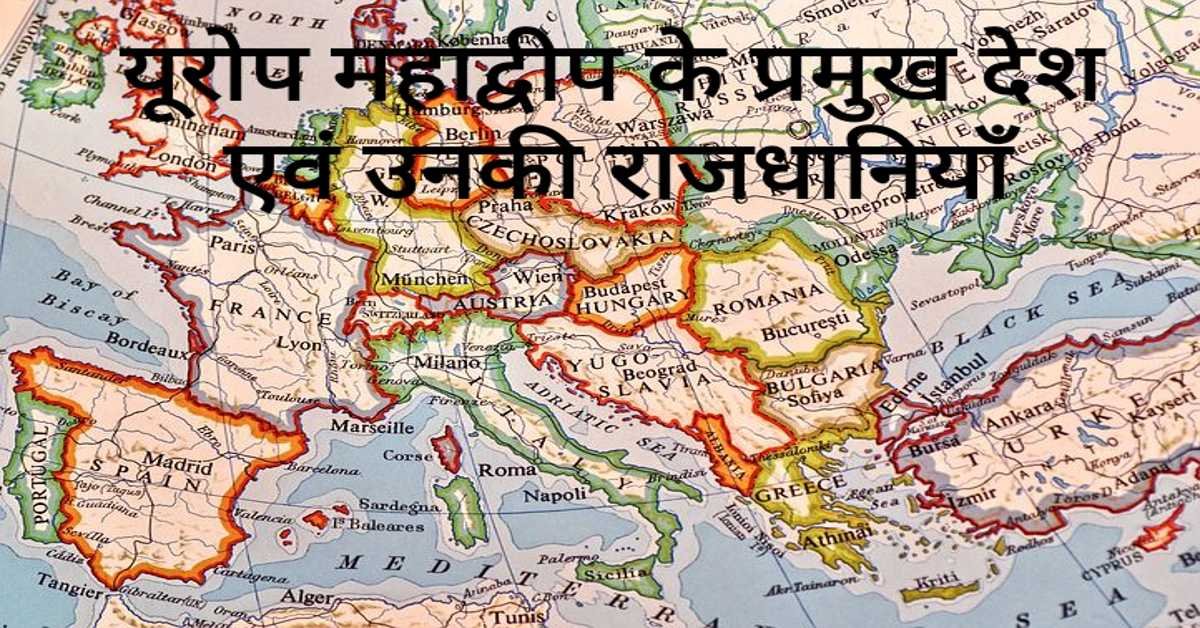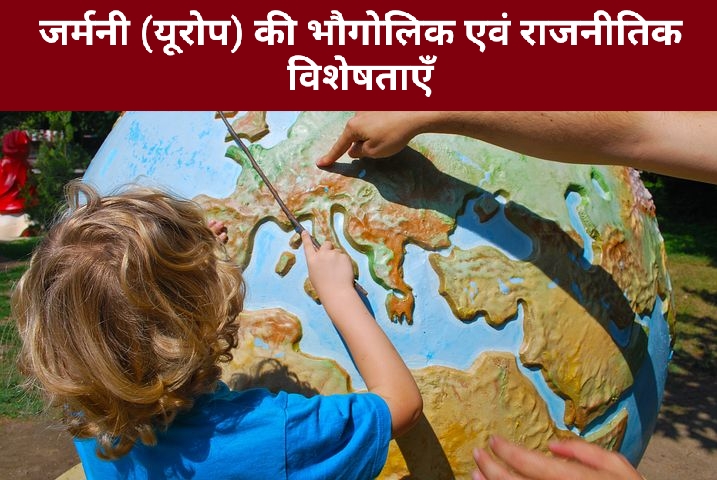
पृथ्वी की गतियाँ || Motions of the Earth
We do not have a sense of the rotation speed of the Earth, because there is a continuity in the rotation speed and rotation speed of our Earth. There are many evidences of the Earth rotating around the Sun and rotating on its axis. Example - If the Earth does not rotate on its axis, there will always be a day on one part and there will always be a night on the other side. Additionally, the seasons are changed by the rotation of the Earth around the Sun. Therefore, it is proved from all these proofs that the Earth revolves around the Sun and on its axis continuously. Like other planets, the Earth rotates continuously on its axis. The Earth rotates with its axis. 'Axis' is an imaginary line joining the North Pole and the South Pole. The floor formed by the rotation room of our earth and passing through the center of the earth is called 'orbital' or 'orbital surface' . The size of the Earth is Earth . Because of this, sunlight falls on half of it. Here the day remains, while the remaining half lives at that time, because sunlight does not reach there. The Earth is tilted 23 1/2 ° on its axis and its axis makes an angle of 66 1/2 ° from its orbit to the plane. The fast dividing the day and night on Earth is called 'illumination fast' .
पृथ्वी दो प्रकार की गतियाँ करती है (Earth does two types of movements)-
1. घूर्णन या परिभ्रमण या दैनिक गति
(Rotation or revolutions or daily motions)
2. परिक्रमण या वार्षिक गति
(Rotation or annual speed)
घूर्णन गति (Rotational speed)- इस गति में पृथ्वी अपने अक्ष के सापेक्ष पश्चिम से पूर्व दिशा की ओर घूमती है। इसके अंतर्गत पृथ्वी लट्टू की भांति घूर्णन करती है। इससे 'परिभ्रमण' या 'दैनिक' गति भी कहा जाता है। हमारी पृथ्वी पश्चिम से पूर्व लगभग 1,670 किलोमीटर प्रति घंटे की चाल से घूर्णन करती है। पृथ्वी अपना एक घूर्णन 23 घंटे, 56 मिनट व 4 सेकंड में पूर्ण करती है। इसी वजह से पृथ्वी पर दिन तथा रात होते हैं। संपूर्ण वर्ष में विषुवत रेखा पर दिन व रातें एक समान होती हैं, क्योंकि विषुवत रेखा का सूर्य के सापेक्ष कोणीय झुकाव हमेशा 0° रहता है।
In this motion, the earth rotates in a west-to-east direction relative to its axis. Under this, the earth rotates like a braid. This is also called 'cruises' or 'daily' speed. Our Earth rotates from west to east at a speed of approximately 1,670 km per hour. Earth completes its rotation in 23 hours, 56 minutes and 4 seconds . For this reason, there are days and nights on the earth. Throughout the year, the days and nights are equal on the equator, because the angular inclination of the equator is always 0 ° relative to the Sun.
घूर्णन अथवा दैनिक गति के प्रभाव निम्नलिखित हैं।
(The following are the effects of rotation or daily motion.)-
1. इस गति के कारण पृथ्वी पर दिन तथा रात होते हैं।
(Due to this speed, there are days and nights on the earth.)
2. सूर्य, चंद्रमा और अंतरिक्ष में उपस्थित दूसरे पिंड पूर्व से पश्चिम की ओर पृथ्वी के चारों ओर घूमते हुए दिखाई देते हैं।
(The Sun, Moon and other bodies present in space appear to revolve around the Earth from east to west.)
3. ज्वार भाटा की दैनिक अथवा अर्ध्द - दैनिक आवृत्ति तथा इससे उत्पन्न ज्वारीय तरंगों की दिशा पृथ्वी की घूर्णन गति से प्रभावित होती रहती है।
(The daily or half-daily frequency of tidal ebb and the direction of tidal waves arising from it are affected by the rotation speed of the earth.)
4. हवाओं तथा धाराओं की दिशा बदलती रहती है। घूर्णन गति के प्रभाव से 'कोरिआँलिस बल' उत्पन्न होता है। इस वजह से उत्तरी गोलार्ध में पवनें अपने दाईं ओर व दक्षिणी गोलार्ध में अपनी बाईं ओर मुड़ जाती हैं।
(The direction of winds and currents varies. The effect of rotational motion produces the 'corianalis force' . Because of this the winds in the Northern Hemisphere turn to their right and to the left in the Southern Hemisphere.)
परिक्रमण गति (Rotation speed) - इसे 'वार्षिक गति' भी कहा जाता है। इसके अंतर्गत पृथ्वी अपने अक्ष पर घूमती हुई, सूर्य के चारों ओर लगभग 1,07,000 किलोमीटर प्रति घंटे की गति से चक्कर लगाती है। इस गति में पृथ्वी की कक्षा 'दीर्घ वृत्ताकार' है। पृथ्वी द्वारा सूर्य की एक परिक्रमा करने में 365 दिन, 5 घंटे, 48 मिनट तथा 40 सेकंड लगते हैं। सुविधा की दृष्टि से 1 वर्ष में 365 दिन ही माने जाते हैं, तथा शेष छह घंटों को प्रत्येक चौथे वर्ष में जोड़ दिया जाता है, जिसे 'अधिवर्ष' कहा जाता है। इसमें कुल 366 दिन होते हैं, जो दिन बढ़ जाता है उसे फरवरी माह में जोड़ देते हैं। इससे प्रत्येक 4 साल बाद फरवरी में 28 दिन के स्थान पर 29 दिन हो जाते हैं।
It is also called 'annual speed' . Under this, the Earth rotates on its axis, revolving around the Sun at a speed of about 1,07,000 kilometers per hour. The Earth's orbit is 'long circular' in this motion. It takes 365 days, 5 hours, 48 minutes and 40 seconds for the Earth to orbit one of the Suns. In terms of convenience, only 365 days in 1 year are considered, and the remaining six hours are added to every fourth year, which is called 'leap year' . There are a total of 366 days in it, which adds up in the month of February. After this, every 4 years, in February it becomes 29 days instead of 28 days.
परिक्रमण अथवा वार्षिक गति के प्रभाव निम्नलिखित हैं।
(Following are the effects of rotation or annual speed)-
1. इस गति की वजह से ही दिन व रात एक दूसरे से छोटे व बड़े होते हैं।
(Because of this speed, day and night are smaller and larger than each other.)
2. इसी गति की वजह से ऋतुएँ परिवर्तित होती हैं।
(The seasons change because of this speed.)
3. इससे कर्क और मकर रेखा का निर्धारण किया जाता है।
(From this, the Cancer and Capricorn line are determined.)
4. पृथ्वी की इस गति से सूर्य की किरणें सीधी तथा तिरछी चमकती हैं।
(At this speed of the earth, the rays of the sun shine straight and diagonally.)
5. विषुव एवं उपसौर तथा अपसौर की स्थितियां उत्पन्न होती हैं।
(The equinoxes and the conditions of Upasour and Apasaur arise.)
6. इसी गति की वजह से ही ध्रुवों पर 6 माह का दिन तथा 6 माह की रात होती है।
(It is because of this motion that the poles have a 6-month day and 6-month night.)
RF competition
INFOSRF.COM
संबंधित जानकारी नीचे देखें।
(Watch related information below) 👇🏻

आशा है, उपरोक्त जानकारी उपयोगी एवं महत्वपूर्ण होगी।
(I hope the above information will be useful and important. )
Thank you.
लेखक
(Writer)
infosrf.com



.jpg)




